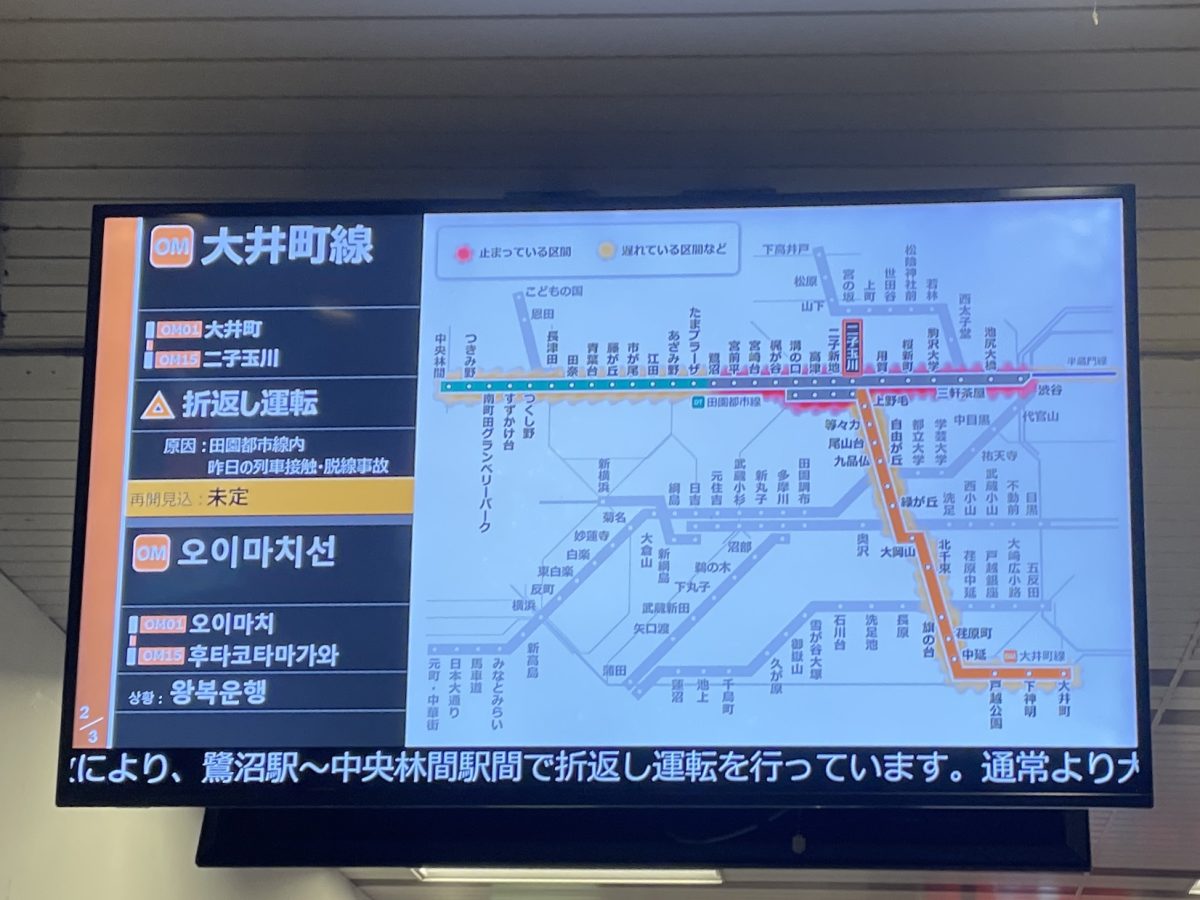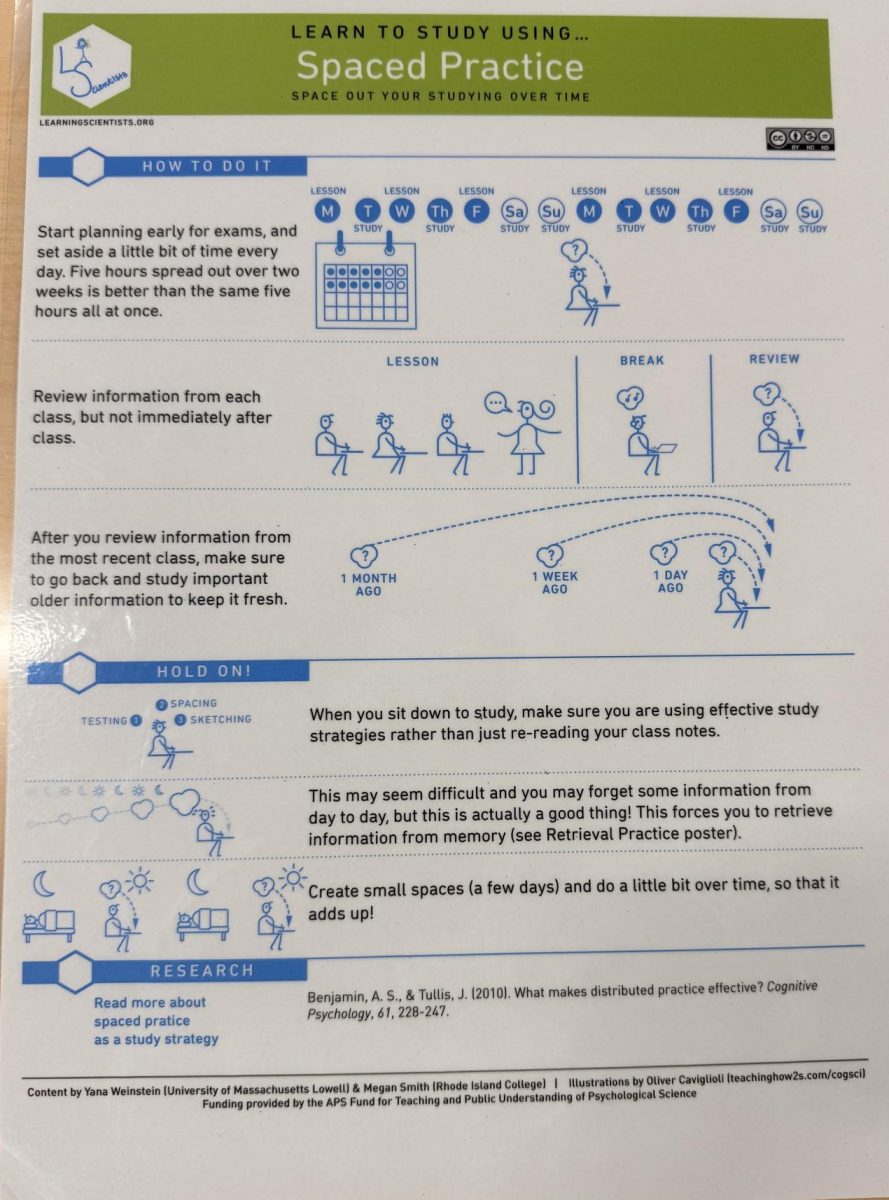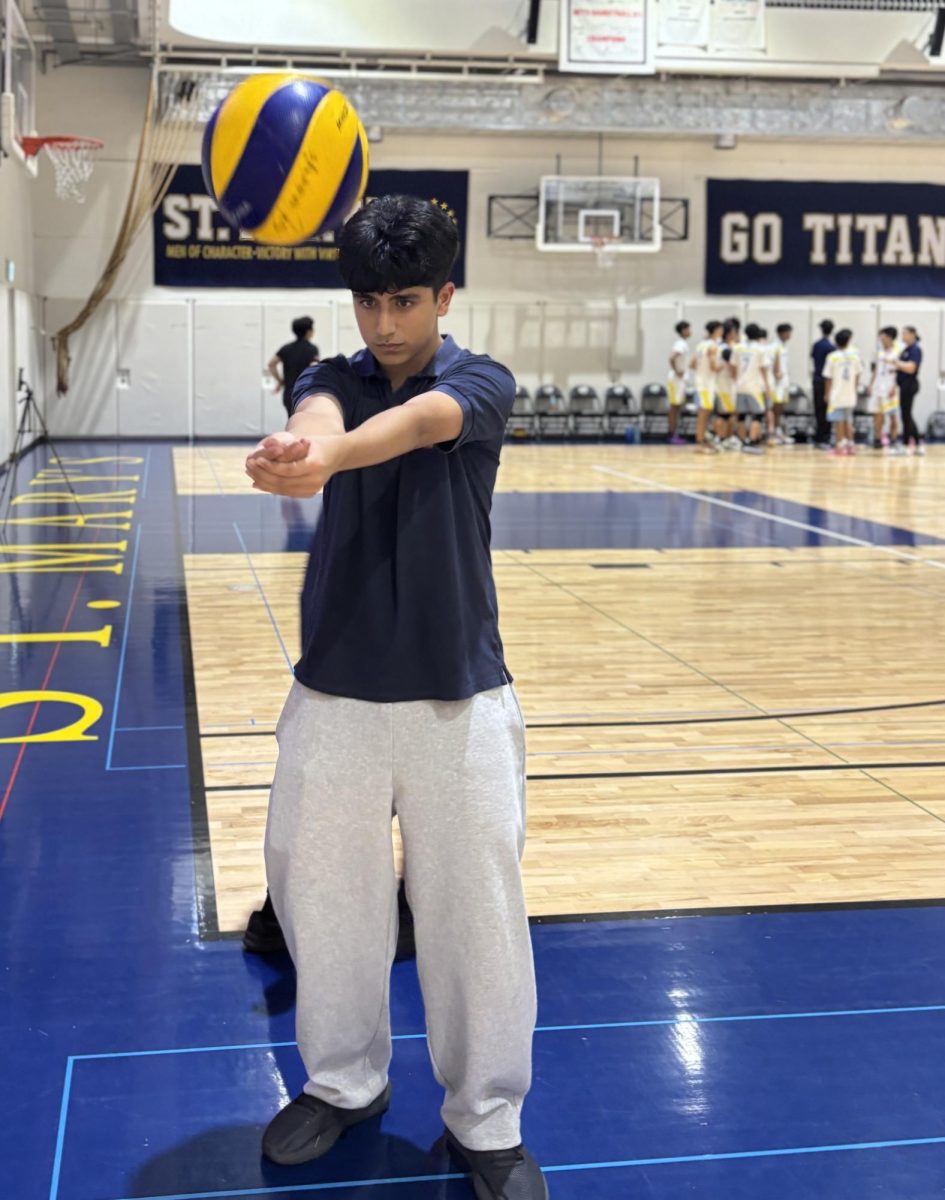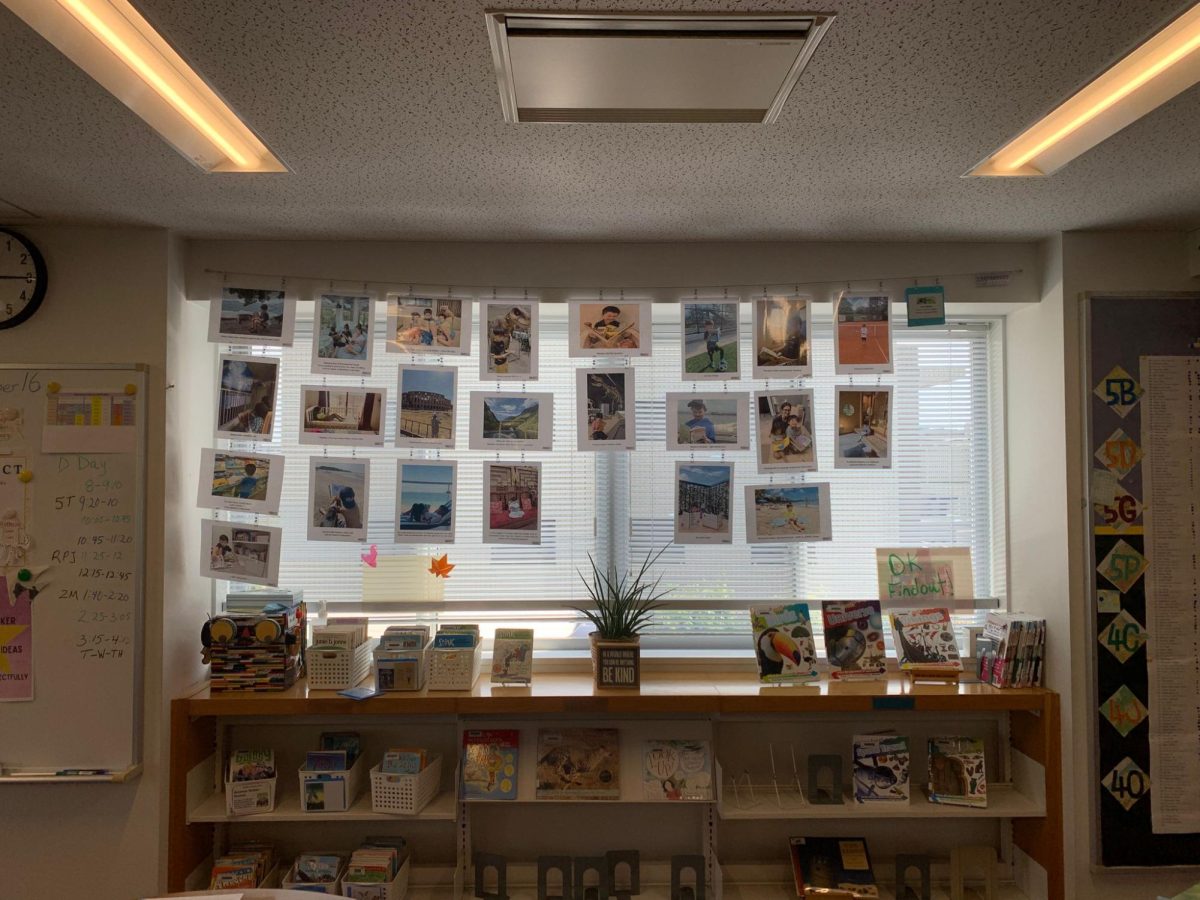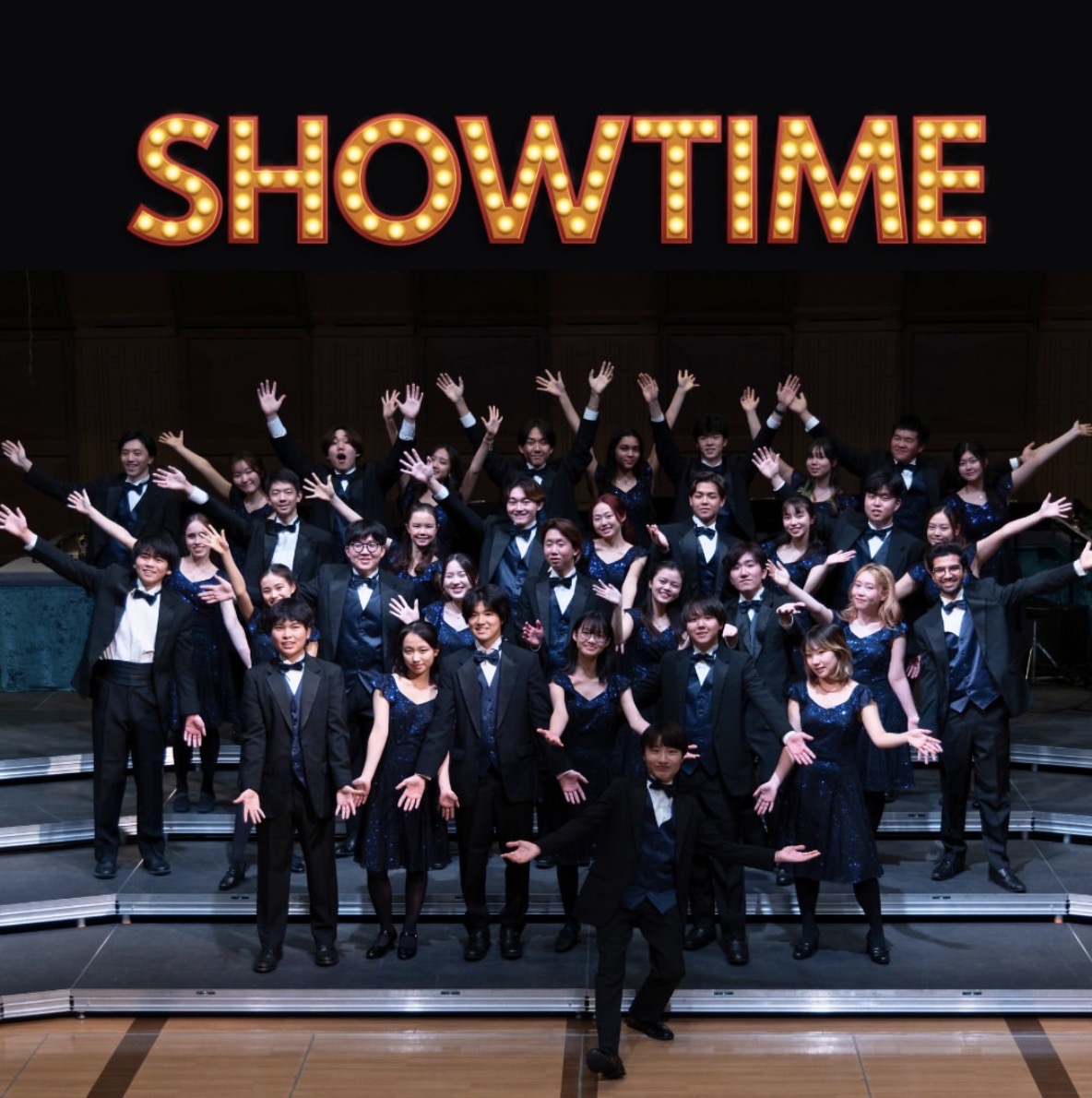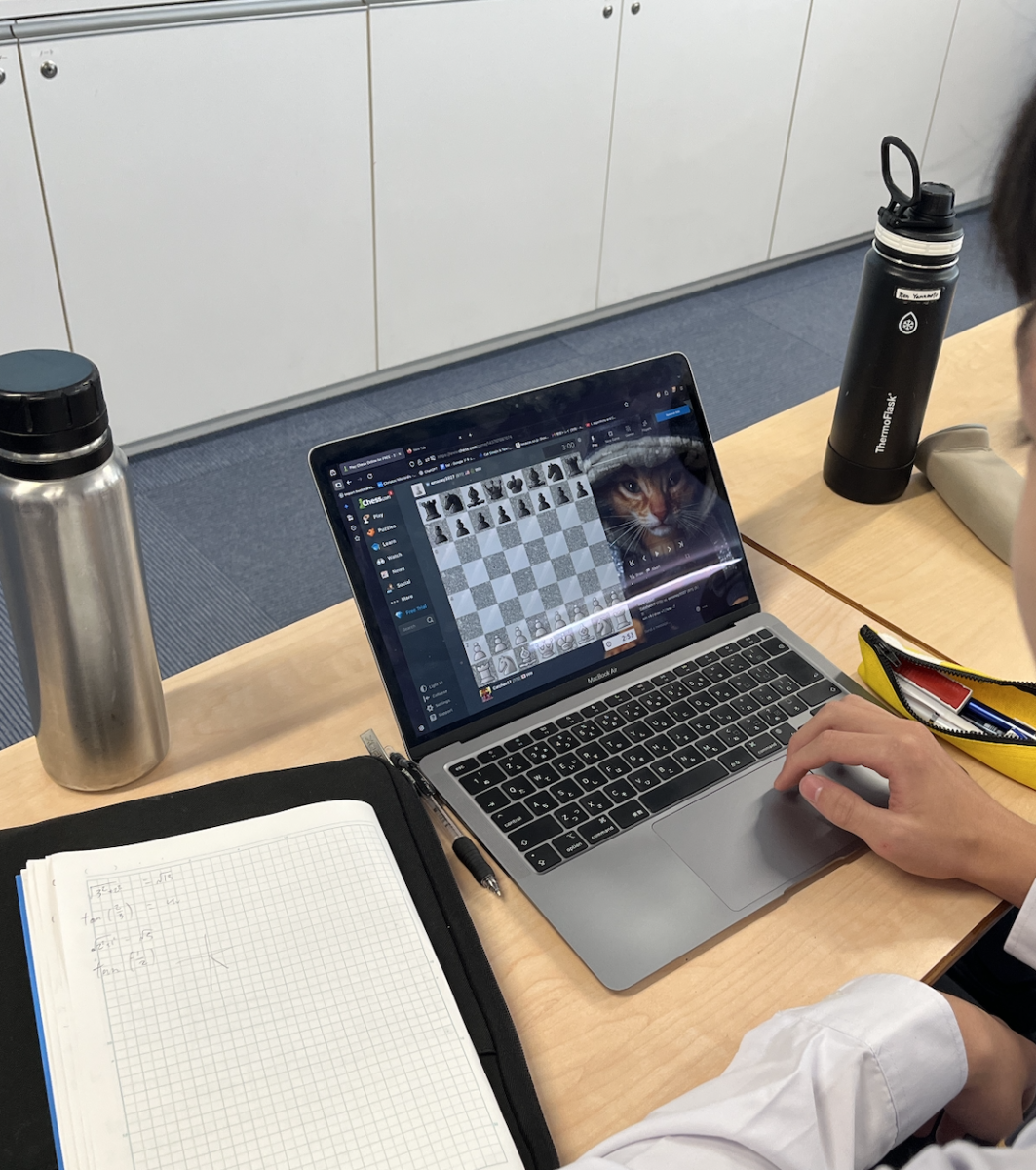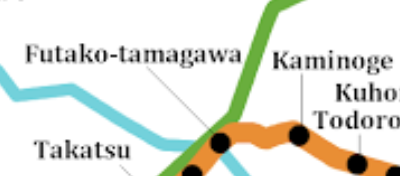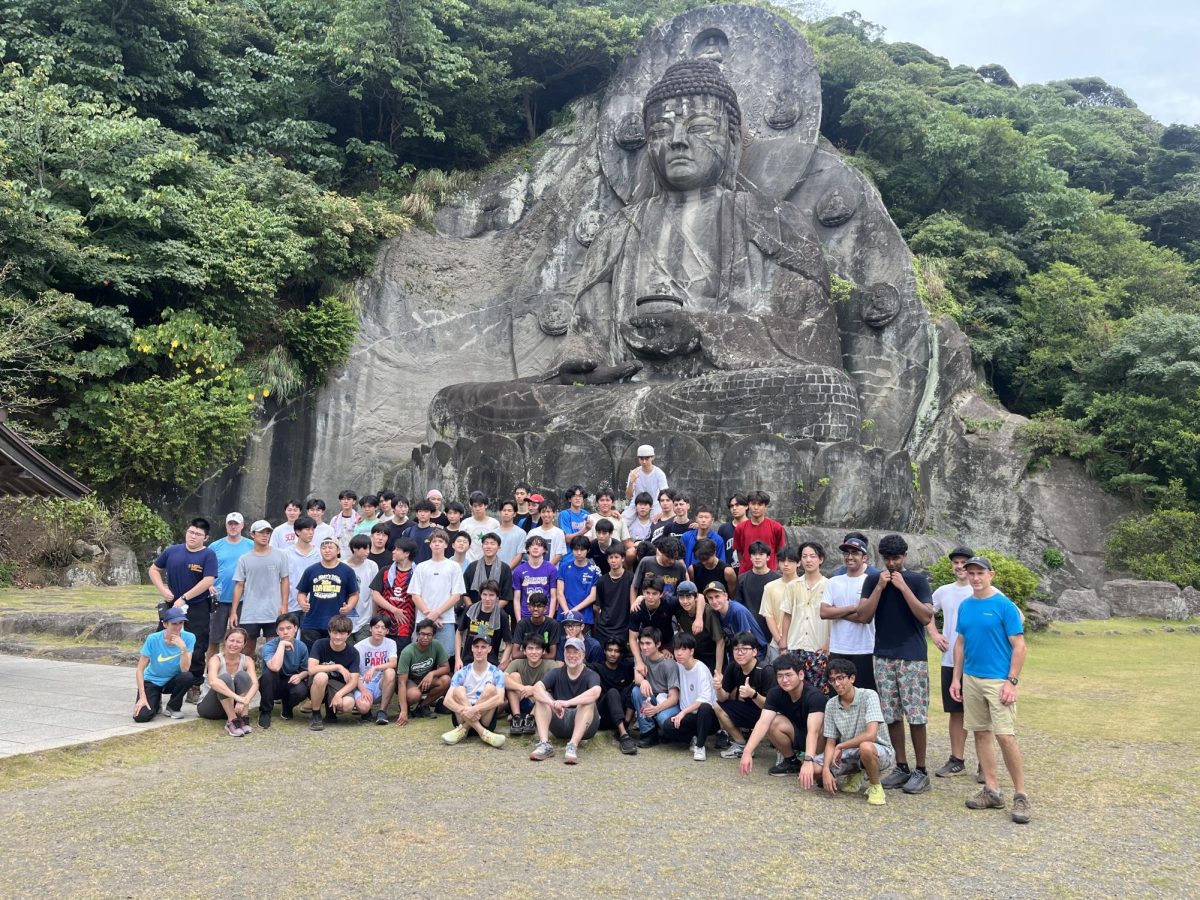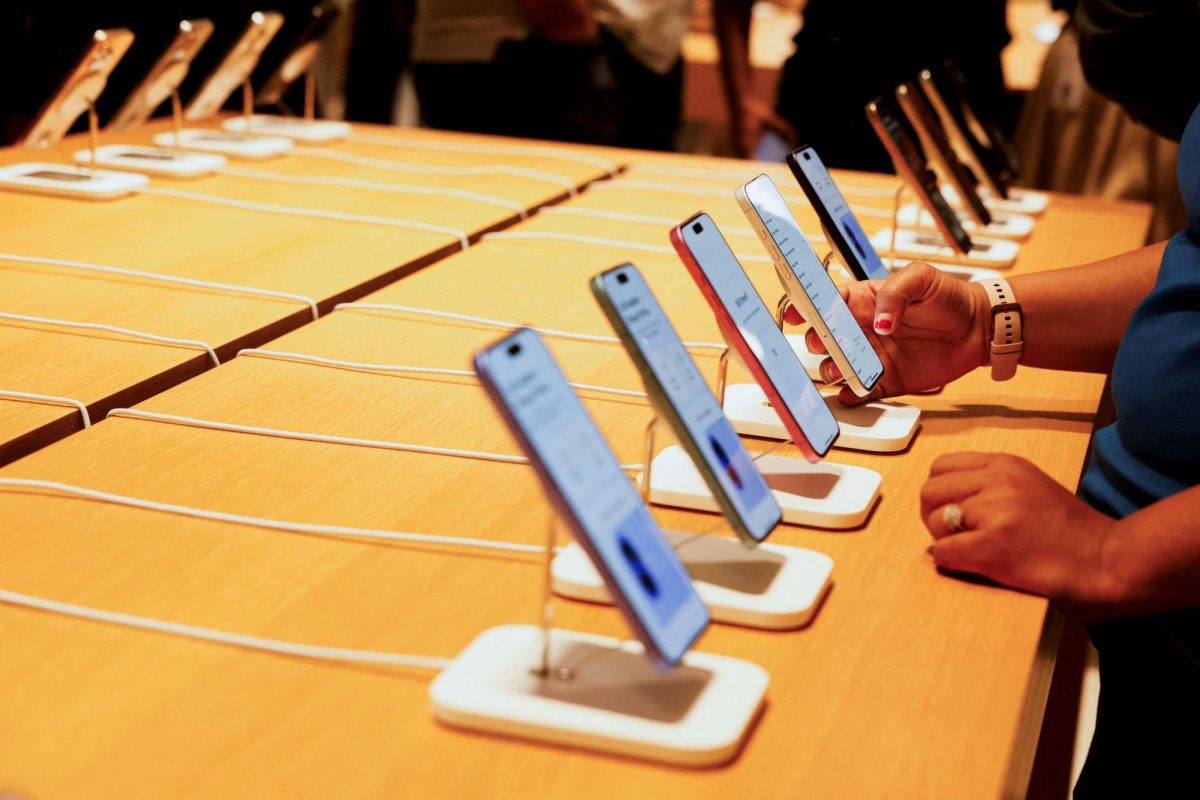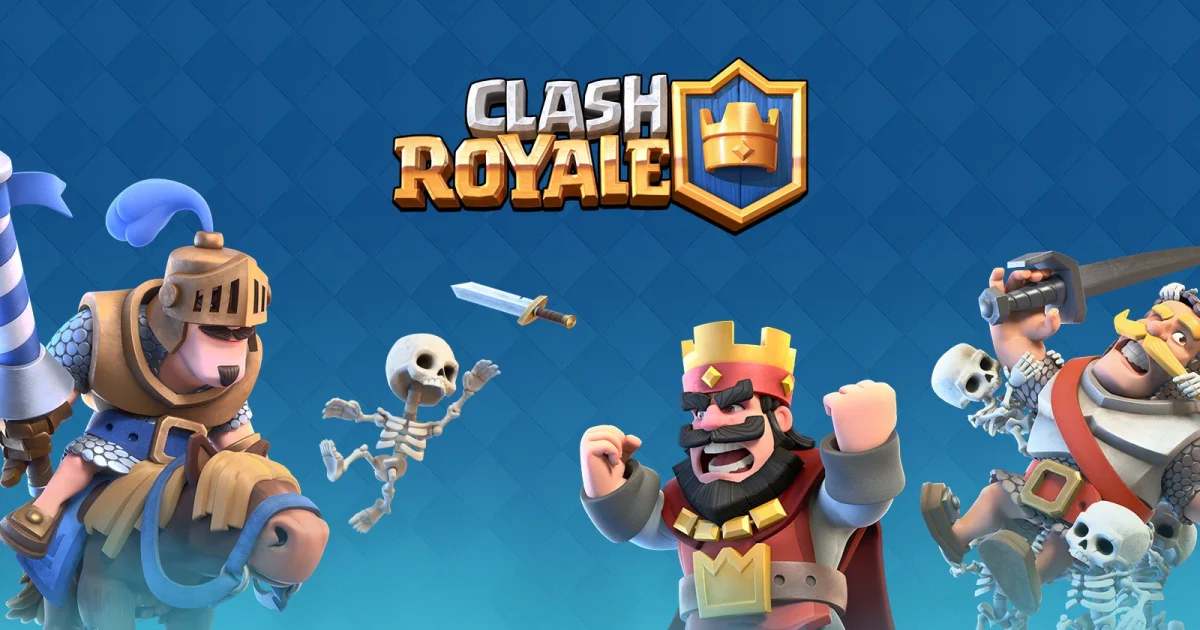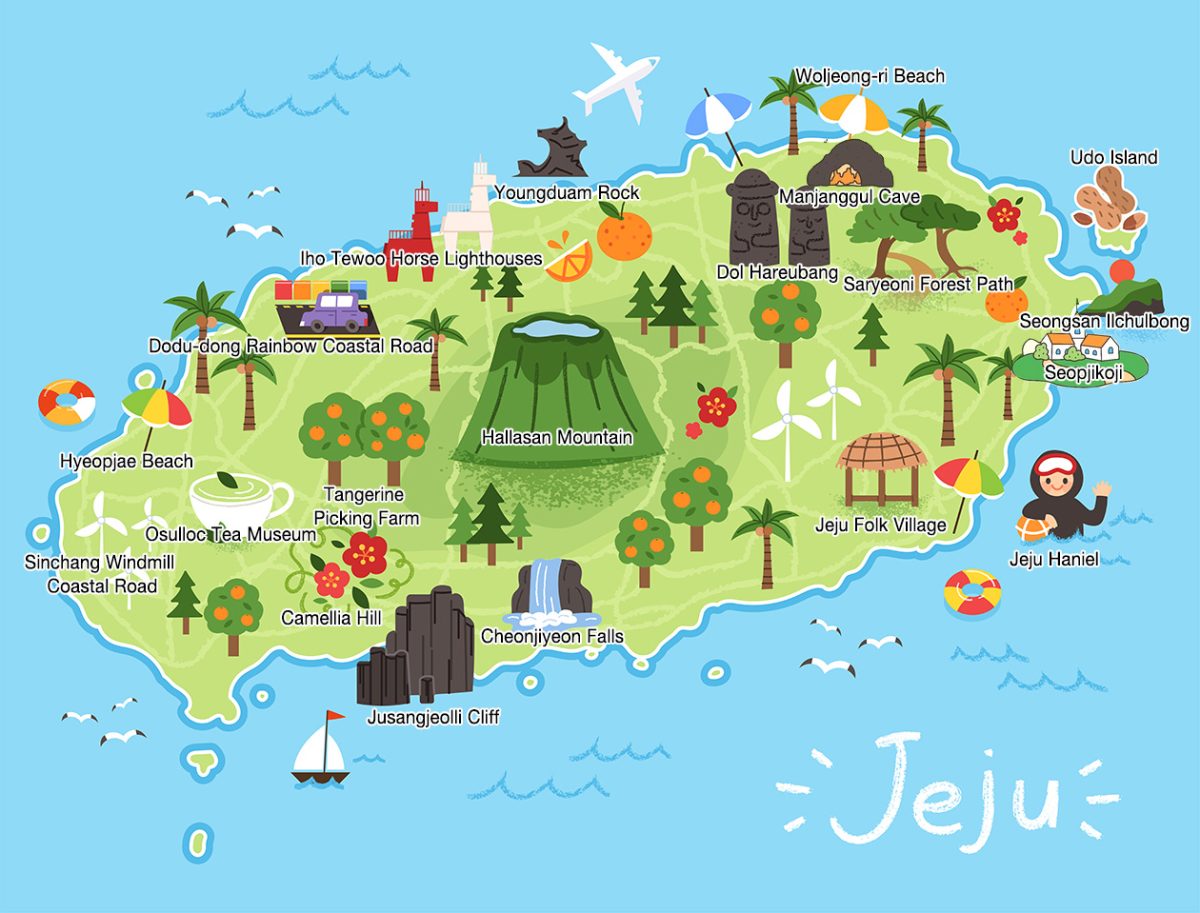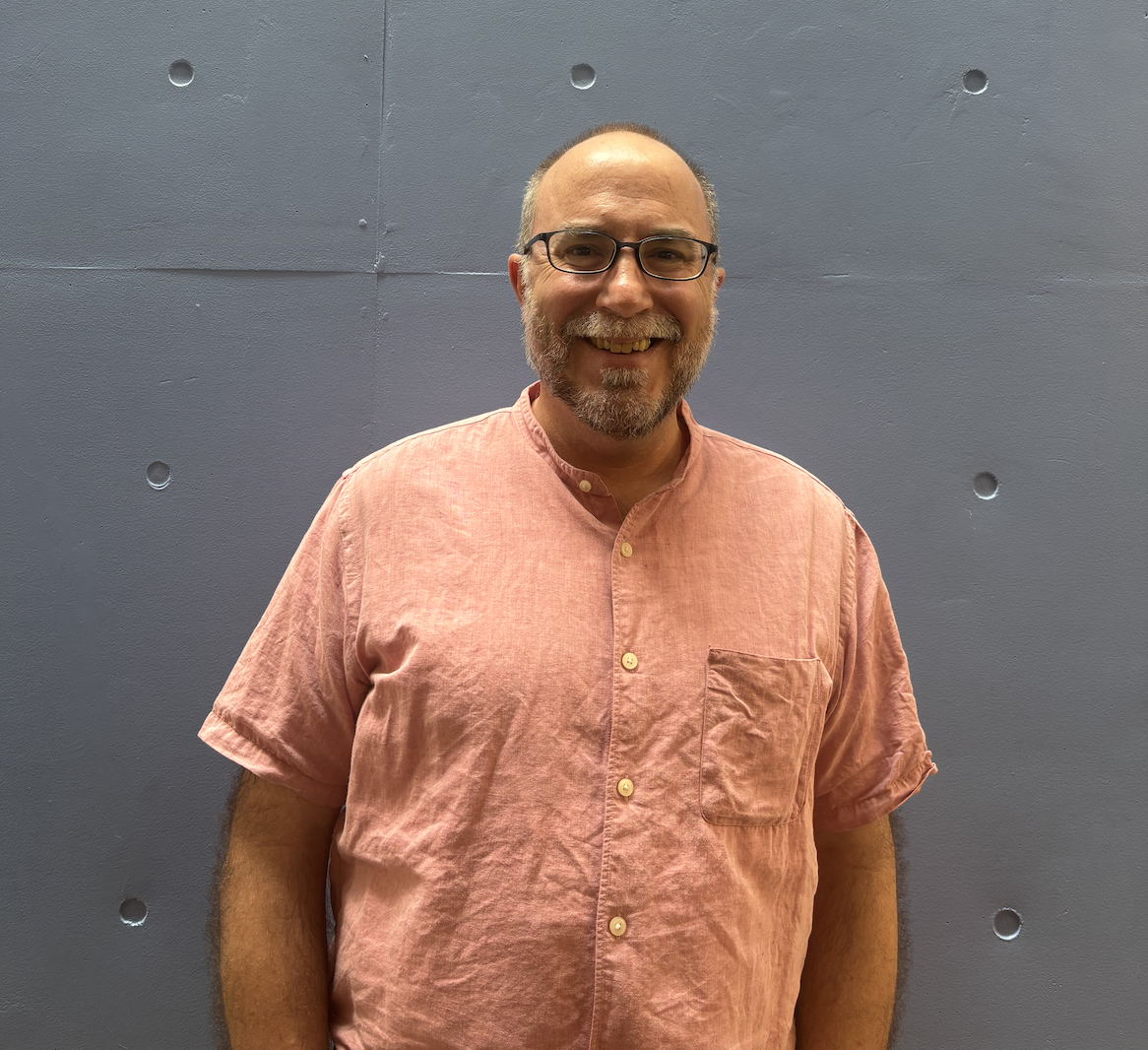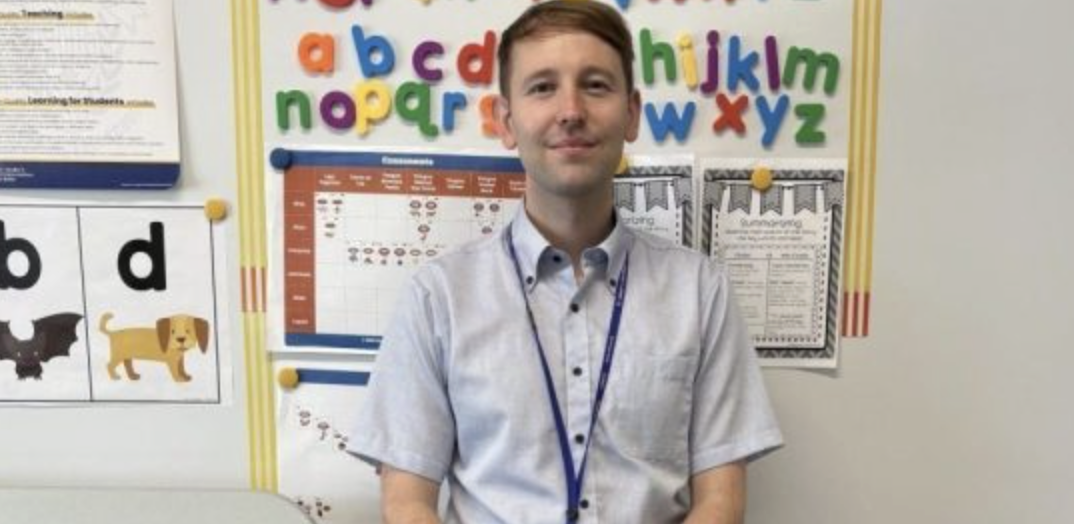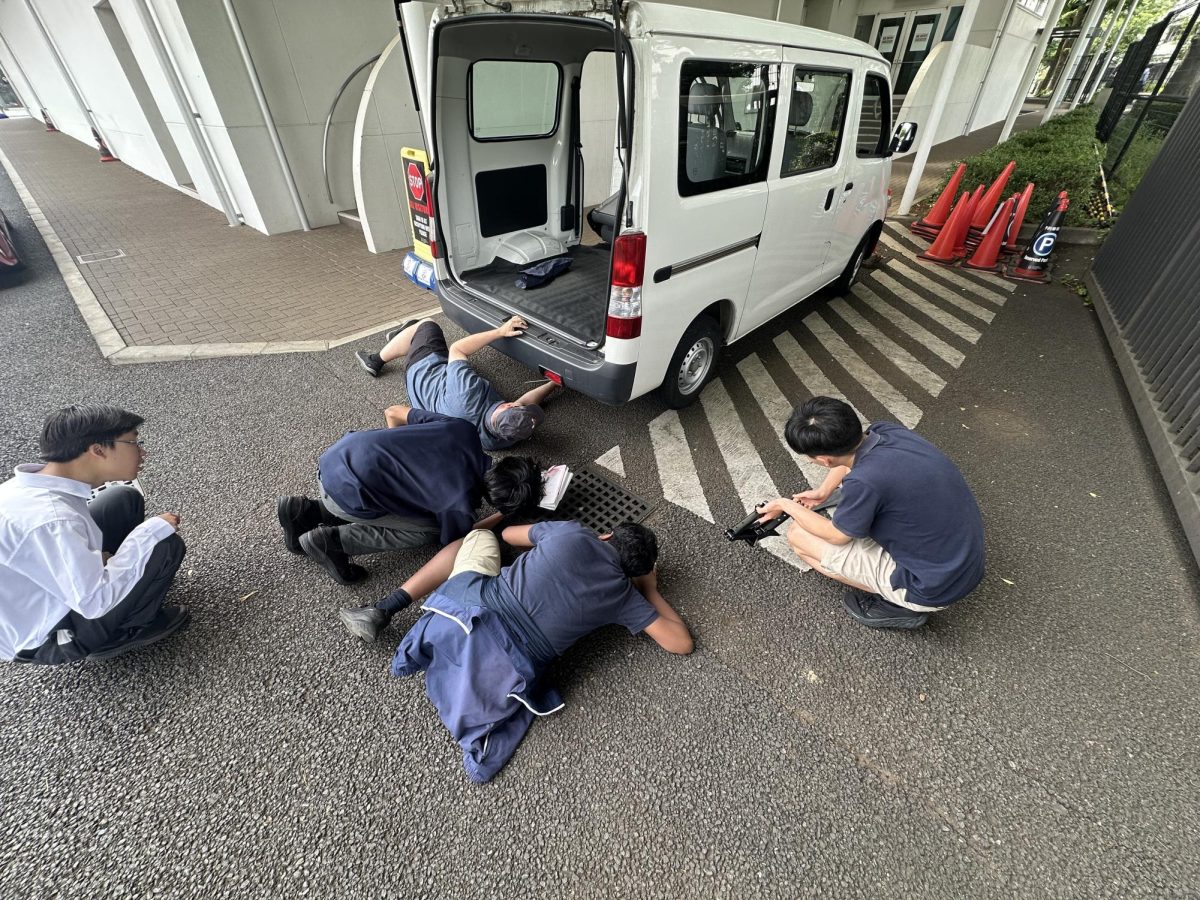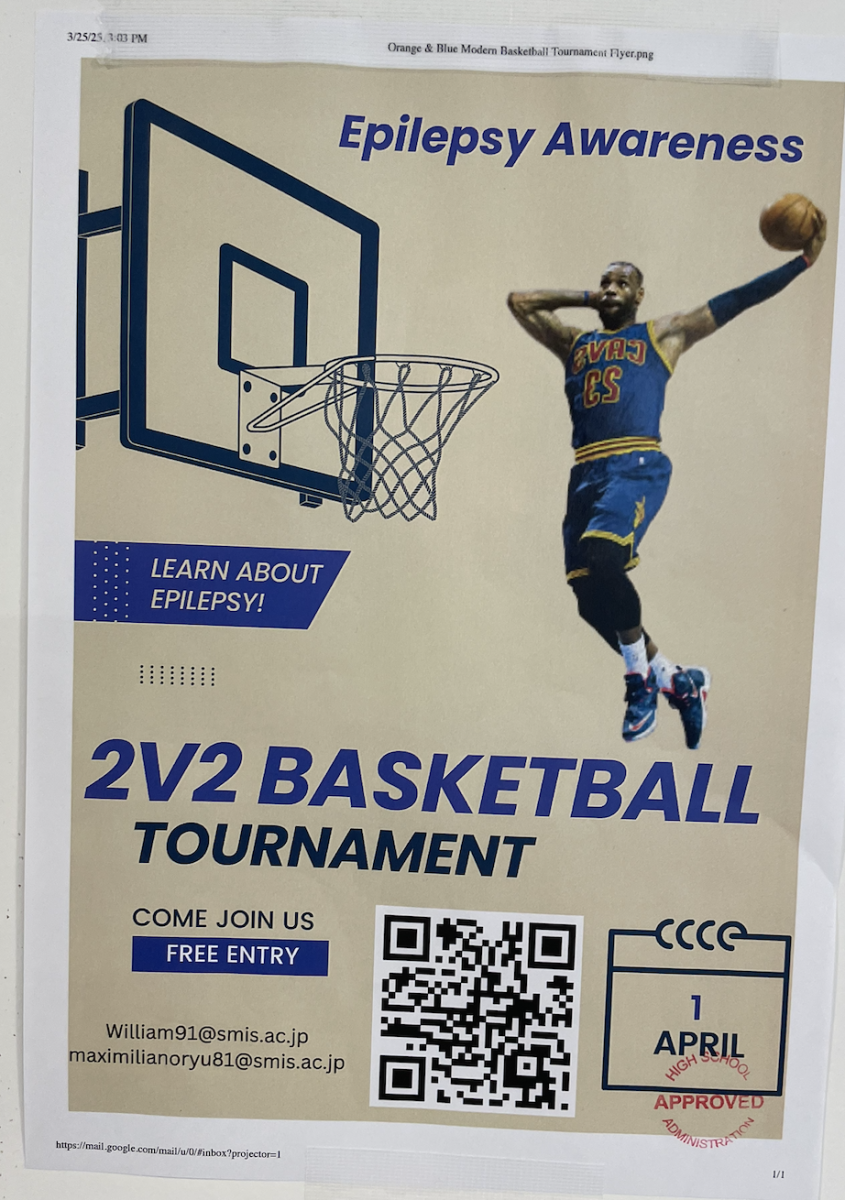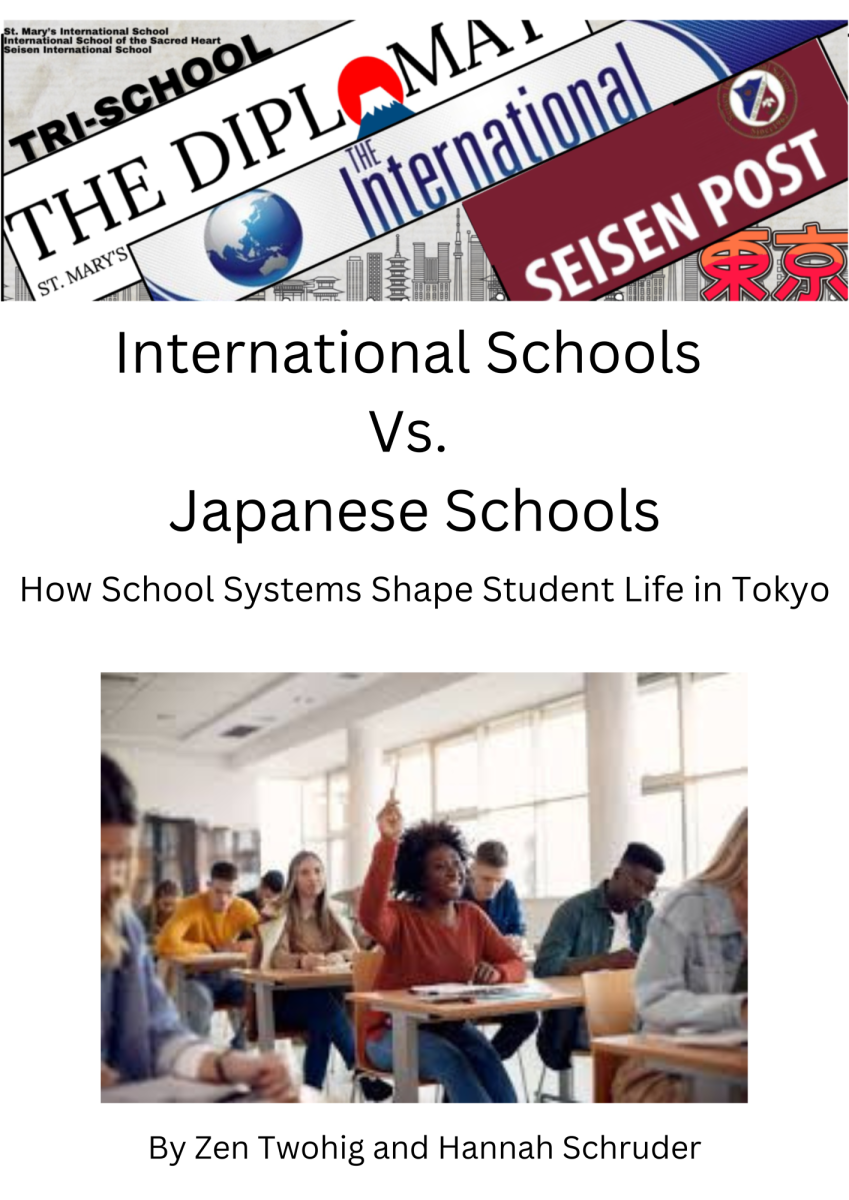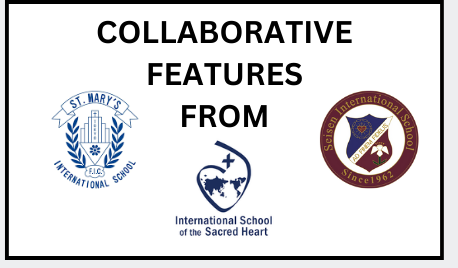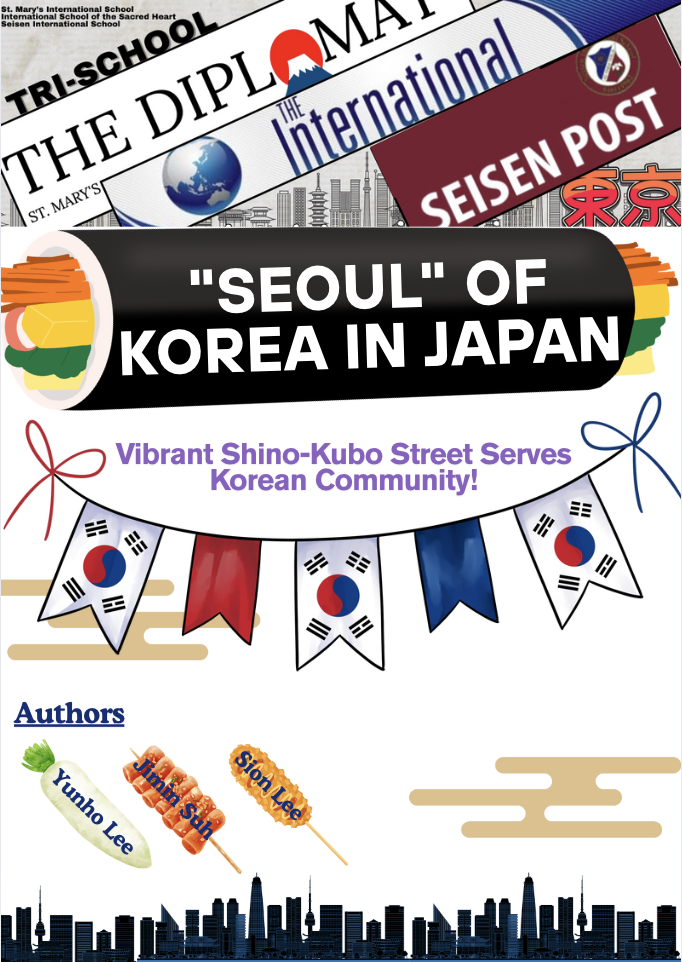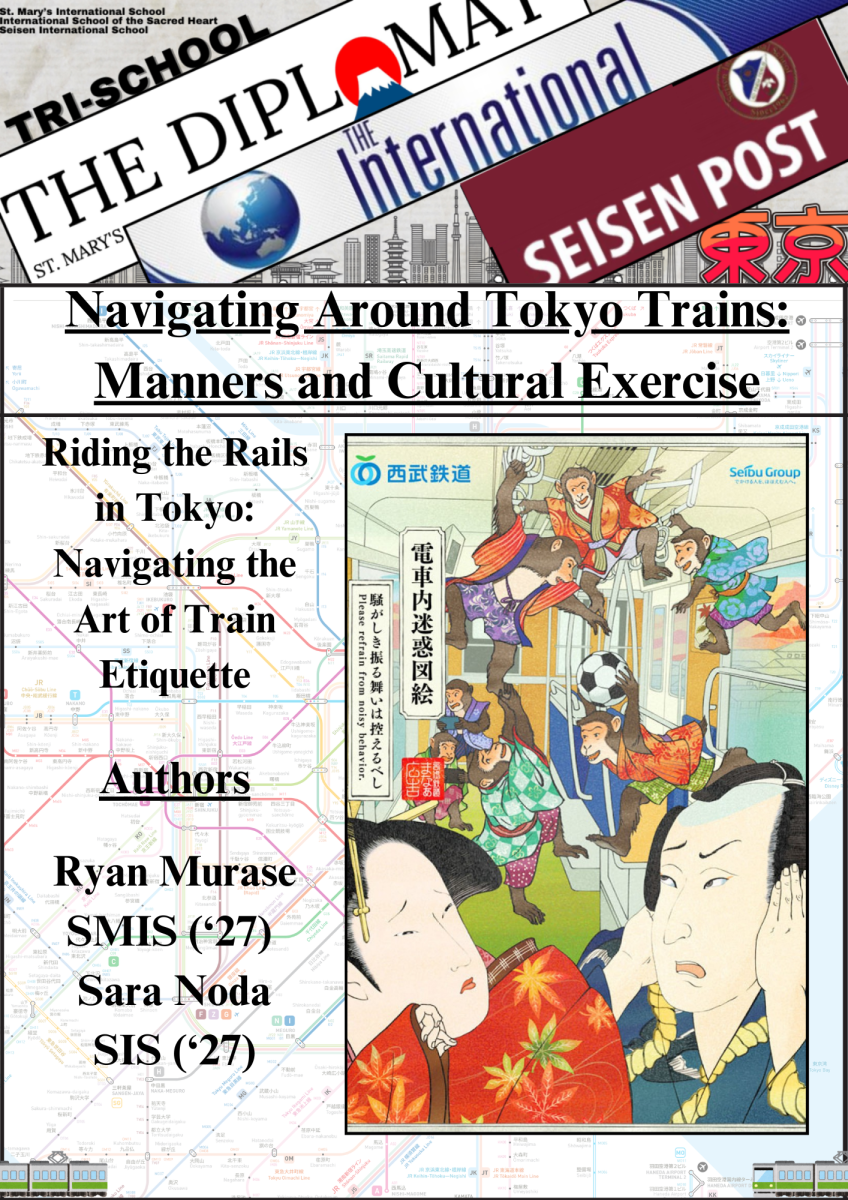It started with a familiar frustration: trying to open a website, only to be met with a White page with an orange logo which has the two words “Blocked Domain”. This is a daily part of using the school laptops for students at St. Mary’s School. But one 8th grader, Jonathan Yang, decided it didn’t have to be. In early April, Jonathan launched a petition asking the administration to unblock useful apps, websites, and extensions that many students rely on to learn and work more efficiently. “It is my role as a student representative to speak up for the grade,” Jonathan said. His idea quickly gained attention among the 8th-grade class, with 66 students filling out a survey he created. Jonathan’s efforts matter because nearly every student in the school uses a MacBook daily, and when resources are blocked, it affects how students study, research, and complete assignments. While the school says these restrictions are in place to keep us safe and focused, students like Jonathan are asking whether those limits are stopping us from working efficiently.
Jonathan’s survey gained traction quickly. Of the 8th-grade students surveyed, the all responded in favor of unblocking specific tools. “The majority of the responses that Jonathan got was the app, Spotify, the website Instagram, and Ad Blocker (the extension),” Jonathan said. He explained that many students wanted educational tools back too, like websites for practicing history or science. “Some of these websites are banned, like Protobowl… it’s hugely important for like history society study,” Jonathan said. He also mentioned that some students don’t have personal laptops at home, so their school MacBook is like their own MacBook. Extensions were another big concern. “There are some extensions that make everything look nicer in class… like custom mouse things, dictionary, and translator,” he said. Despite the interest, he pointed out that the school says they block some tools to prevent interference with tests like MAP. Still, Jonathan thinks some restrictions are unfair: “It’s sort of strange because they didn’t unblock Grammarly.” The frustrations are real—students trying to complete simple tasks often hit digital walls. Whether it’s a blocked research site or an inaccessible educational extension, the result is wasted time and missed learning opportunities.
Jonathan faced several hurdles when trying to push his petition forward. Originally, he hoped to present the petition as part of an official student council initiative, believing that having the council’s backing would give it more credibility. “I went up to Ms. Kim and gave her the form,” Jonathan said. “She said it seemed alright, but she had to check with Dr Ashmore. Unfortunately, Dr Ashmore declined, saying this wasn’t within the council’s responsibilities.” Despite this setback, Jonathan didn’t give up. He quickly adjusted his approach and went straight to the school administration, trying to find alternative ways to reach his goal. Jonathan confidently stated, “Even though I’m just a student, I feel like I can still make a difference.” His persistence shows his dedication to the cause, as he worked tirelessly to get the petition out, garner support, and ensure the issue stayed on the school’s radar.
While many students are frustrated with the current restrictions, the school administration says they are in place for important reasons. One of the biggest concerns is student safety—many websites and apps can lead to distractions or even contain harmful content that isn’t appropriate for school. There are also worries about certain extensions interfering with programs like standardized testing. The school’s goal is to keep students focused and learning in a secure online environment. However, students argue that these rules go too far. “It’s sort of strange because they didn’t unblock Grammarly,” Jonathan said, pointing out that although extensions interfere with programs like standardized testing, they kept Grammarly. The situation shows the challenge of finding the right balance between keeping students safe and giving them the tools they need to succeed in school.
The restrictions also highlight a larger issue: how they affect students’ ability to learn effectively. While some students have their own personal laptops at home, others rely entirely on their school-issued laptops. “A lot of students don’t have access to a personal laptop,” Jonathan explained. “So when they get blocked from using certain websites or extensions at home, it’s an issue.” This affects students’ ability to do their best work and take full advantage of educational tools. For instance, when students can’t access Bing.com, a search engine that some students use instead of Google, they may struggle with getting their resources their way. Even some apps that could help us are banned. “Some of the tools, like CapCut for video editing, are incredibly useful for projects,” Jonathan said. “But when they’re blocked, it limits the options students have to show our work creatively.” This connects to broader issues of educational equity, as access to technology and digital tools has become increasingly crucial for student success.
As of now, Jonathan’s petition is still under review by the school administration, and no official changes have been made. Jonathan remains hopeful that even if not everything gets unblocked, some reasonable changes will be made. “I feel like the most likely outcome is that they will unblock some of the websites and most of the apps, but probably not the extensions,” he admitted. Though the process hasn’t been easy, Jonathan has shown that student voices matter—and that change can begin with one person speaking up. His work highlights a much bigger issue: how schools manage digital access and how that affects fairness in learning. Whether or not all his requests are granted, Jonathan has already succeeded in starting a meaningful dialogue about the role of technology in education and the importance of listening to student concerns.

